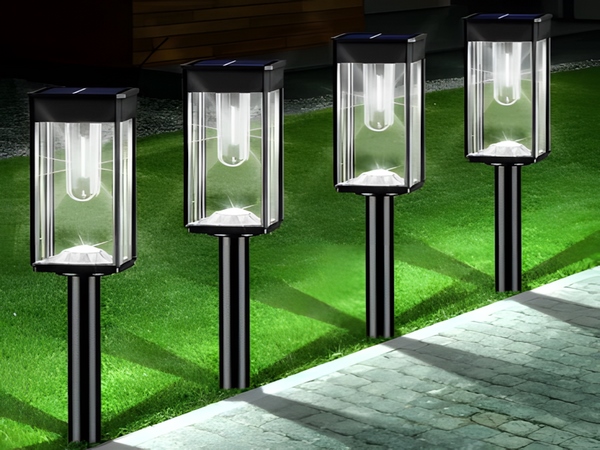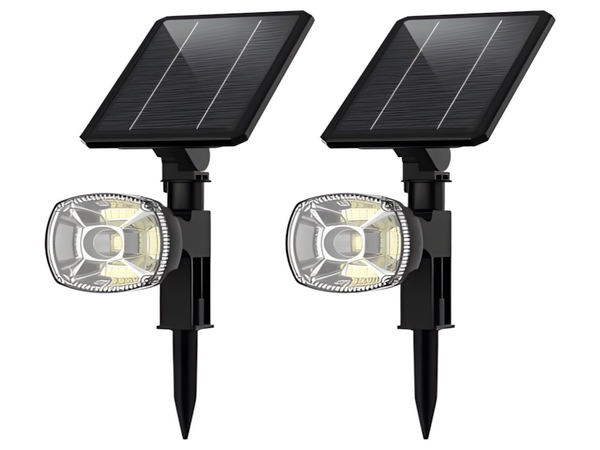

The use of street lights is essential as they illuminate the way home and reduce traffic hazards at night. However, in modern society, even in small towns, the total power consumption of street lights can be quite astonishing. To address this issue, we need to use street lights that are both energy-efficient and environmentally friendly, providing nighttime illumination. One such type of street light that has developed well is solar street lights. So, how long can solar street lights last? Let’s take a look.
Lifespan of the main components of solar street lights:

1. Solar panels: Over 30 years (After 30 years, solar efficiency may decline by more than 30%, but they can still generate power, which doesn’t signify the end of their lifespan)
2. Street light poles: Over 30 years
3. LED light source: More than 11 years (calculated based on 12 hours of operation each night)
4. Lithium battery: Over 10 years (discharge depth calculated at 30%)
5. Controller: 8-10 years
According to the principle of the “wooden barrel effect,” the amount of water a barrel can hold depends on its shortest stave. Similarly, the lifespan of solar street lights is determined by the longevity of their weakest components. With advancements in technology, the weak point of solar street lights has shifted from batteries to controllers. A reliable controller can last between 8-10 years. Overall, a set of reliable solar street lights should have a maintenance cycle of 8-10 years.
The information shared about the lifespan of solar street lights also indicates that their durability depends on regular necessary maintenance. During the initial installation, strict adherence to construction standards is crucial. Additionally, making reasonable configurations and increasing the capacity of batteries can help extend the lifespan of solar street lights.



